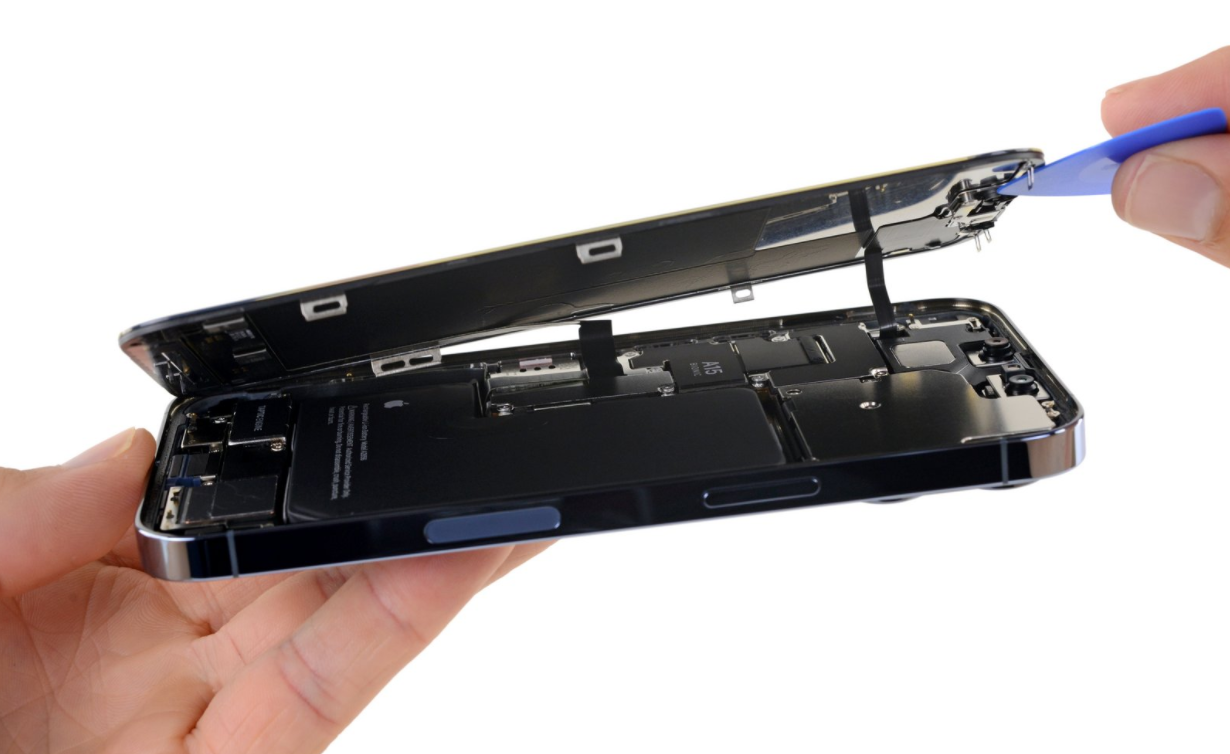
When we think about air pollution, it’s usually in terms of it being an outdoor problem and something we can escape once we’re indoors—especially inside our own homes. But that’s not how it works. Some sources of air pollution, like pet dander and dust mites, come from within our own homes. Fortunately, there are ways to reduce the pollution indoors and help everyone breathe a little easier. Here are some strategies to consider.
Keep allergens out of the bedroom
Like humans, dust mites—a common allergen—are quite comfortable in beds. To prevent them from establishing residence there, Jennie Bergman, senior product manager of indoor environmental quality at Trane Residential recommends placing covers on your mattresses, pillows, and box springs, and washing your bedding in hot water at least once a week. “The Asthma and Allergy Foundation of America recommends a washing machine water temperature of 130 degrees Fahrenheit or hotter, as well as drying the bedding on a hot cycle to kill dust mites,” she tells Lifehacker.
Use controlled ventilation
When the sources of indoor air pollutants can’t be fully eliminated, Bergman suggests supplying clean, fresh air to the indoor environment while sending stale and polluted air back outside. While opening a window is one way to accomplish that, it also gives outdoor allergens or asthma triggers a way to enter your home.
G/O Media may get a commission
If that’s a concern in your household, you may want to consider getting a little mechanical assistance. “The best way to ensure adequate fresh air is being supplied to the home is to keep windows and doors shut and use a filtered mechanical ventilator to bring fresh air in and expel stale and polluted air back outside,” Bergman says.
If you decide to get a portable air cleaner to deal with pollen and other indoor allergens, it’s important to do some research before making a purchase. For example, Kenneth Mendez, president and CEO of the Asthma and Allergy Foundation of America (AAFA) tells Lifehacker that some air cleaners on the market have purification features that may produce ozone—which itself is an air pollutant and asthma trigger—as a byproduct. Units with the “certified asthma & allergy friendly” mark have been tested to ensure that they don’t produce harmful levels of ozone.
Balance the humidity in your home
According to Bergman, maintaining a humidity level between 35 and 60 percent inside your home is a key component of indoor air quality.
“Mold, dust mites, and other air pollutants tend to thrive outside of that range, and our bodies’ natural immune systems can be comprised when the air gets too dry,” she explains. At the same time, you also don’t want air that’s too humid, because it can cause other problems, like warping or cracking wood furnishing and floors.
Though it’s possible to reduce your home’s humidity by running the air conditioning, that’s not typically a year-round solution. “The best way to control humidity in the home is by monitoring humidity levels through a reliable HVAC thermostat, and help manage it with a whole home dehumidifier and/or humidifier,” Bergman explains.
If you rent your home, or aren’t in a financial position to install a central HVAC system that monitors and controls humidity, single-unit humidifiers and dehumidifiers are a good option.
Stay on top of HVAC maintenance
There’s so much to do to keep a home running, that it’s possible for some tasks, like cleaning air filters and vents, to fall by the wayside.
“Homeowners often forget to replace the filter in all of their units with removable filters and to clean their HVAC vents—which may include furnaces, air conditioners, air handlers, humidifiers or cleaners,” Bergman explains, noting that dirty filters restrict air flow, making your HVAC system work harder and reducing its efficiency.
To help everything run smoothly, she recommends changing air filters every three months, and regularly cleaning your HVAC vents.
Note: This article have been indexed to our site. We do not claim legitimacy, ownership or copyright of any of the content above. To see the article at original source Click Here













